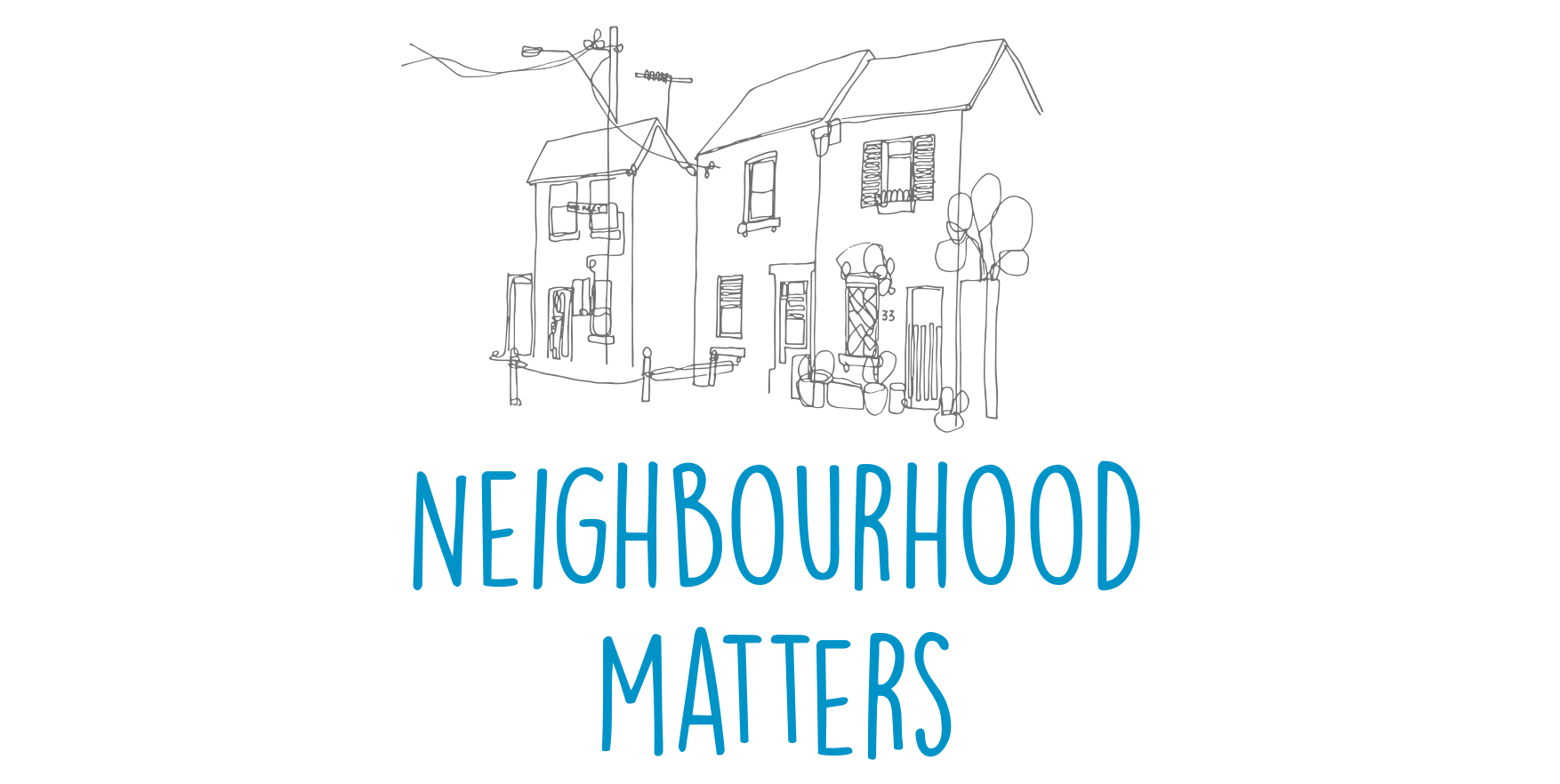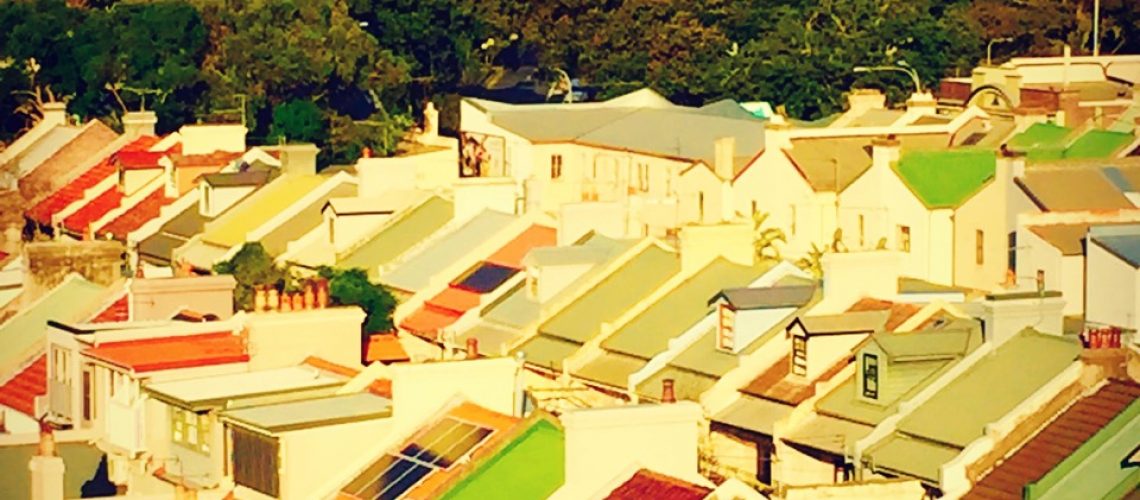At Neighbourhood Matters we love hearing about what people are up to in their neighbourhoods. So we like to interview people with a few questions to get to know them and what they are doing in their local community.
Today we hear from our friend June Sparks who lives in the northwest of Sydney. We love the way June has a sense of fun and wonder about the place where she lives.
1. Tell us about your local community. What do you enjoy about it?
I have fallen in love with my suburb as I’ve walked it, taking in its seasons and rhythms. I’ve seen the same birds return to nest in the same trees and swoop the same people each year. I’ve watched the perseverance of local spiders casting their webs between bushes and trees, only to have them torn by the wind or by people and having to start all over again.
I love the rhythm of the pram brigade in the morning; the senior women out walking early.
I appreciate knowing and recognising faces, regulars, the postman, neighbours out walking their dogs, the queues at all the various “favourite” coffee haunts.
I like peeking into the prams and telling people how lovely their children are.
I like the flocks of birds circling and cackling as they come in to roost at sunset.
I like the quiet and the activity of the library.
2. What are the struggles in your community?
Our community is divided in a few ways.
Our houses wrap around the Parklea Prison. We all know it’s there, but very few know what place it actually serves in our community; we don’t own it as ours or part of us.
One section of our suburb is a closed over-fifties living centre. Because it is separated, in a way it is isolated even while sharing all the local amenities – the shops, aquatic centre, gym, library, churches and community spaces. It’s like having a no-go zone in the middle of the suburb, not by design, but just by habit – “they live there, the rest of us don’t”.
3. How have you created connections in your community? I.e. what are your practices and how did you arrive at those practices?
My connections have come through immediate neighbours, and then through daily walks around my neighbourhood and spending time in the local shops.
4. Can you share a story or two about your encounters in the community?
My community is multi-ethnic and is growing so there are always new people moving in. That makes it easy to have the 10-minute conversation to find out where they live, how many children they have, what country they’re from, how long they’ve been in Australia. You can get the main story of most people quickly and easily without it being an interrogation. The language gap goes both ways, so I’ve found it helps to learn a greeting from the major nationalities in your area especially, as many grandparents are caring for children and speak little English. Just a short ‘Namaste’, ‘Salaam aliakum’ or ‘Ni ho’ can make their day and gift you a smile in return.
I greet everyone I pass. Over the years even the regular commuters have smiled back at me as I greeted them on my way past the bus stop.
Basically, if you want to know your neighbours, get to know your neighbours, don’t wait for them to reach out to you.
If you want a good neighbour, be a good neighbour. For us that means learning to regularly trim the front bushes because our next door neighbour takes great pride in keeping his bushes perfectly trimmed.
5. What tips would you give for people who want to connect with their local community?
Just start noticing the people around you. Pay attention to who is regularly crossing your path. Get to know those people and then branch out from there.
Share your love for your community rather than your complaints about its problems. Neighbourliness is giving. I love sharing my veggie patch harvest and my lime fruit with my neighbours. We share gardening tips, and we share flower cuttings and seeds.
Notice changes so that you can watch out for others, notice if they haven’t been around, notice weight loss and gain. Complement new hairstyles, eyeglasses, how their children have grown. Doing this shows them that they matter and they aren’t invisible.
One thing I like to do is to read the newspaper up at the shops and then just walk over to someone who is sitting by themselves and offer them my paper rather than throwing it in the bin. They are always surprised and anything that brings a smile to someone’s face is worth doing.
Did you find this interesting? We’d love to interview you about your neighbourhood too. Just send us an email and we can feature you on our blog!

